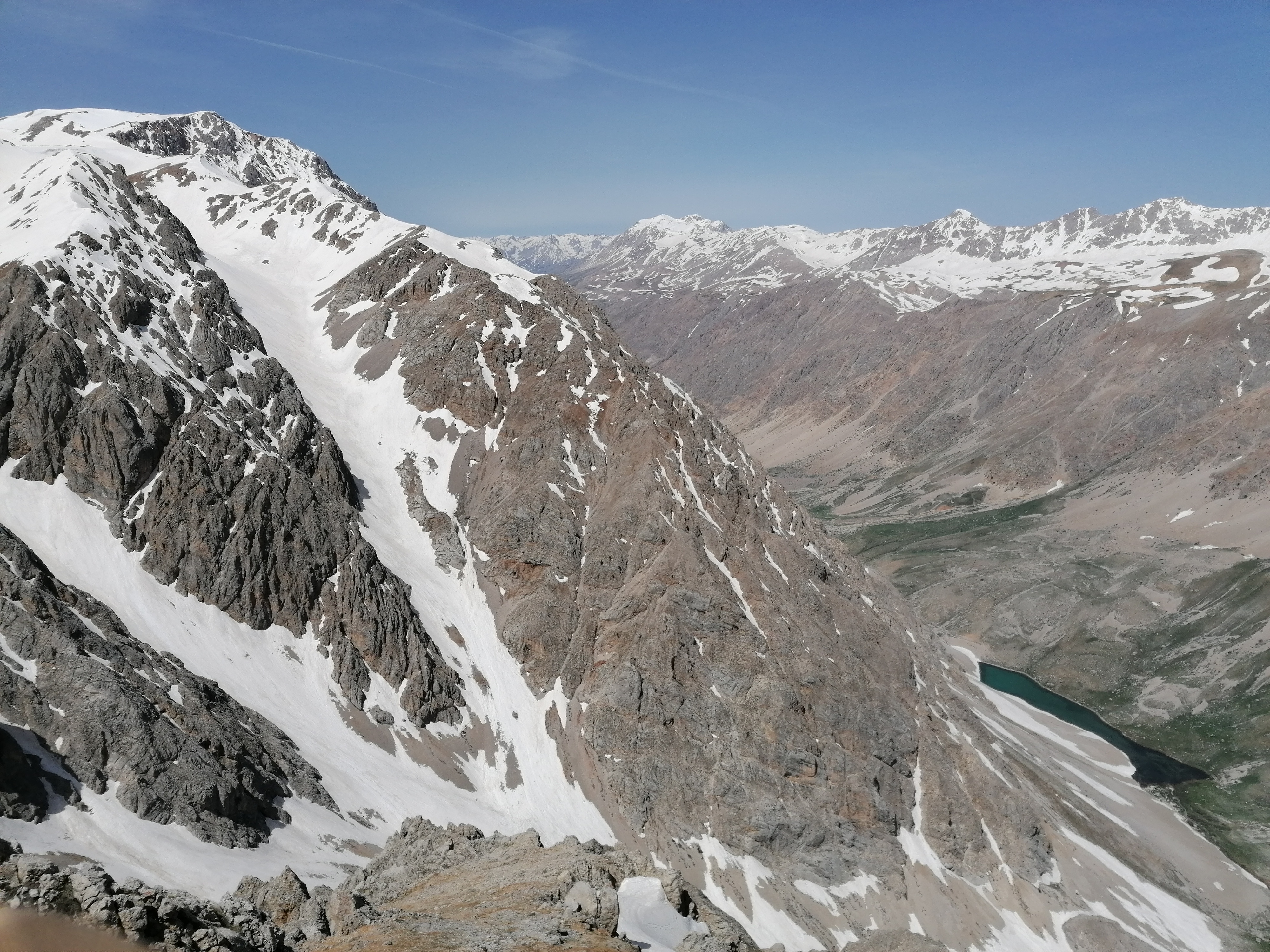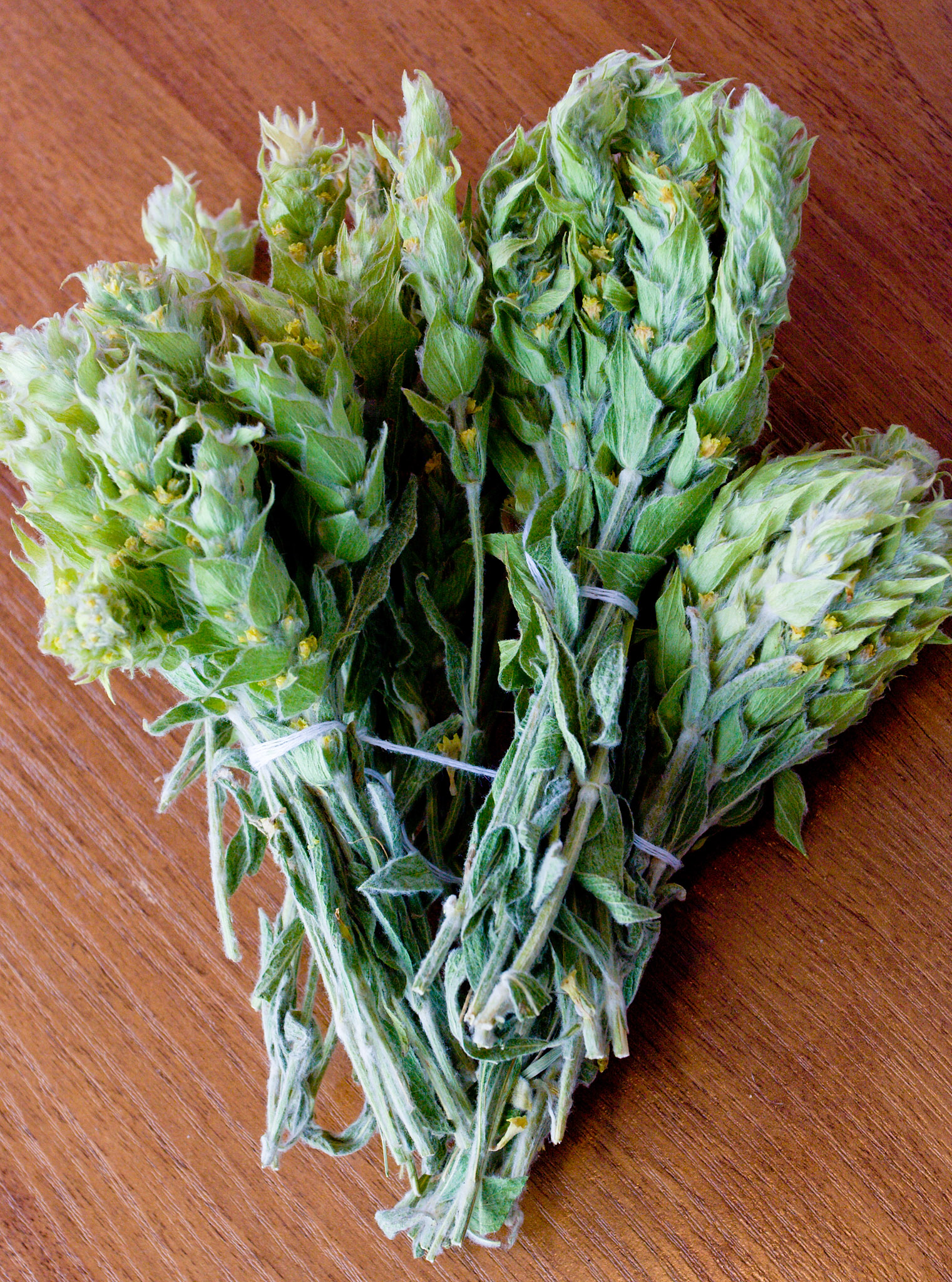|
Munzur Valley National Park
The Munzur Valley National Park ( tr, Munzur Vadisi Milli Parkı), established on December 21, 1971, is the largest and the most biodiverse national park in Turkey. It is located at the Munzur Valley of Munzur Mountain Range within Tunceli Province in eastern Anatolia. The Munzur Valley National Park, part of the Eastern Anatolian deciduous forests ecoregion, is one of the richest floristic areas of Anatolia. The national park was established to protect the region's wildlife and scenic beauty. The protected area is administered by the Directorate-General of Nature Protection and National Parks ( tr, Doğa Koruma ve Milli Parklar Genel Müdürlüğü) of the Ministry of Environment and Forest, although even outside of the administered area the landscape is very well preserved. A large part of this may be due to the Alevi inhabitants of the region, who respect nature as part of their religious beliefs. Geography The national park is situated between northwest from the city cent ... [...More Info...] [...Related Items...] OR: [Wikipedia] [Google] [Baidu] |
Tunceli Province
Tunceli Province ( tr, Tunceli ili, ku, Parêzgeha Dêrsimê, Zazaki: ), formerly Dersim Province, is located in the Eastern Anatolia region of Turkey. The least densely-populated province in Turkey, it was originally named ''Dersim Province'' (''Dersim vilayeti''), then demoted to a district (''Dersim kazası'') and incorporated into Elazığ Province in 1926. The province is considered part of Turkish Kurdistan and has a Kurdish majority. Moreover, it is the only province in Turkey with an Alevi majority. Geography The adjacent provinces are Erzincan to the north and west, Elazığ to the south, and Bingöl to the east. The province covers an area of and has a population of 76,699. Tunceli is traversed by the northeasterly line of equal latitude and longitude. The Munzur Valley National Park is also situated in the province. Tunceli Province is a plateau characterized by its high, thickly forested mountain ranges. The historical region of Dersim, which largely corre ... [...More Info...] [...Related Items...] OR: [Wikipedia] [Google] [Baidu] |
Hot Spring
A hot spring, hydrothermal spring, or geothermal spring is a spring produced by the emergence of geothermally heated groundwater onto the surface of the Earth. The groundwater is heated either by shallow bodies of magma (molten rock) or by circulation through faults to hot rock deep in the Earth's crust. In either case, the ultimate source of the heat is radioactive decay of naturally occurring radioactive elements in the Earth's mantle, the layer beneath the crust. Hot spring water often contains large amounts of dissolved minerals. The chemistry of hot springs ranges from acid sulfate springs with a pH as low as 0.8, to alkaline chloride springs saturated with silica, to bicarbonate springs saturated with carbon dioxide and carbonate minerals. Some springs also contain abundant dissolved iron. The minerals brought to the surface in hot springs often feed communities of extremophiles, microorganisms adapted to extreme conditions, and it is possible that life on Earth had its ... [...More Info...] [...Related Items...] OR: [Wikipedia] [Google] [Baidu] |
Tanacetum
''Tanacetum'' is a genus of about 160 species of flowering plants in the aster family, Asteraceae, native to many regions of the Northern Hemisphere.''Tanacetum''. Flora of North America. They are known commonly as tansies.''Tanacetum''. Integrated Taxonomic Information System (ITIS). The name tansy can refer specifically to '''', which may be called the common tansy or garden tansy for clarity. The generic name ''Tanacetum'' means 'immortality' in [...More Info...] [...Related Items...] OR: [Wikipedia] [Google] [Baidu] |
Sideritis
''Sideritis'', also known as ironwort, mountain tea, and shepherd's tea, is a genus of flowering plants known for their use as herbal medicine, commonly as an herbal tea. They are abundant in Mediterranean regions, the Balkans, the Iberian Peninsula and Macaronesia, but can also be found in Central Europe and temperate Asia. History and etymology In Greek, "sideritis" ( Gr: σιδηρίτις) can be literally translated as "he who is made of iron". The plant was known to ancient Greeks, specifically Pedanius Dioscorides and Theophrastus. Although Dioscorides describes three species, only one (probably ''S. scordioides'') is thought to belong to ''Sideritis''. In ancient times "sideritis" was a generic reference for plants capable of healing wounds caused by iron weapons during battles. However, others hold that the name stems from the shape of the sepal, which resembles the tip of a spear. Taxonomy In 2002, molecular phylogenetic research found ''Sideritis'' and five other ge ... [...More Info...] [...Related Items...] OR: [Wikipedia] [Google] [Baidu] |
Ranunculus
''Ranunculus'' is a large genus of about almost 1700 to more than 1800 species of flowering plants in the family Ranunculaceae. Members of the genus are known as buttercups, spearworts and water crowfoots. The genus is distributed in Europe, North America and South America. The familiar and widespread buttercup of gardens throughout Northern Europe (and introduced elsewhere) is the creeping buttercup ''Ranunculus repens'', which has extremely tough and tenacious roots. Two other species are also widespread, the bulbous buttercup ''Ranunculus bulbosus'' and the much taller meadow buttercup ''Ranunculus acris''. In ornamental gardens, all three are often regarded as weeds. Buttercups usually flower in the spring, but flowers may be found throughout the summer, especially where the plants are growing as opportunistic colonizers, as in the case of garden weeds. The water crowfoots (''Ranunculus'' subgenus ''Batrachium''), which grow in still or running water, are sometimes tr ... [...More Info...] [...Related Items...] OR: [Wikipedia] [Google] [Baidu] |
Thyme
Thyme () is the herb (dried aerial parts) of some members of the genus ''Thymus'' of aromatic perennial evergreen herbs in the mint family Lamiaceae. Thymes are relatives of the oregano genus ''Origanum'', with both plants being mostly indigenous to the Mediterranean region. Thymes have culinary, medicinal, and ornamental uses, and the species most commonly cultivated and used for culinary purposes is ''Thymus vulgaris''. History Thyme is indigenous to the Mediterranean region. Wild thyme grows in the Levant, where it might have been first cultivated. Ancient Egyptians used thyme for embalming. The ancient Greeks used it in their baths and burnt it as incense in their temples, believing it was a source of courage. The spread of thyme throughout Europe was thought to be due to the Romans, as they used it to purify their rooms and to "give an aromatic flavour to cheese and liqueurs". In the European Middle Ages, the herb was placed beneath pillows to aid sleep and ward off ni ... [...More Info...] [...Related Items...] OR: [Wikipedia] [Google] [Baidu] |
Hypericum
''Hypericum'' is a genus of flowering plants in the family Hypericaceae (formerly considered a subfamily of Clusiaceae). The genus has a nearly worldwide distribution, missing only from tropical lowlands, deserts and polar regions. Many ''Hypericum'' species are regarded as invasive species and noxious weeds. All members of the genus may be referred to as St. John's wort, and some are known as goatweed. The white or pink flowered marsh St. John's worts of North America and eastern Asia are generally accepted as belonging to the separate genus ''Triadenum'' Raf. ''Hypericum'' is unusual for a genus of its size because a worldwide taxonomic monograph was produced for it by Norman Robson (working at the Natural History Museum, London). Robson recognizes 36 sections within ''Hypericum''. Description ''Hypericum'' species are quite variable in habit, occurring as trees, shrubs, annuals, and perennials. Trees in the sense of single stemmed woody plants are rare, as most woody s ... [...More Info...] [...Related Items...] OR: [Wikipedia] [Google] [Baidu] |
Campanula
''Campanula'' () is one of several genera of flowering plants in the family Campanulaceae commonly known as bellflowers. They take both their common and scientific names from the bell-shaped flowers — ''campanula'' is Latin for "little bell". The genus includes over 500 species and several subspecies, distributed across the temperate and subtropical regions of the Northern Hemisphere, with the highest diversity in the Mediterranean region east to the Caucasus. The range also extends into mountains in tropical regions of Asia and Africa. The species include annual, biennial and perennial plants, and vary in habit from dwarf arctic and alpine species under 5 cm high, to large temperate grassland and woodland species growing to tall. Description upright=1.35, thumbThe leaves are alternate and often vary in shape on a single plant, with larger, broader leaves at the base of the stem and smaller, narrower leaves higher up; the leaf margin may be either entire or serrat ... [...More Info...] [...Related Items...] OR: [Wikipedia] [Google] [Baidu] |
Endemism
Endemism is the state of a species being found in a single defined geographic location, such as an island, state, nation, country or other defined zone; organisms that are indigenous to a place are not endemic to it if they are also found elsewhere. For example, the Cape sugarbird is found exclusively in southwestern South Africa and is therefore said to be ''endemic'' to that particular part of the world. An endemic species can be also be referred to as an ''endemism'' or in scientific literature as an ''endemite''. For example '' Cytisus aeolicus'' is an endemite of the Italian flora. '' Adzharia renschi'' was once believed to be an endemite of the Caucasus, but it was later discovered to be a non-indigenous species from South America belonging to a different genus. The extreme opposite of an endemic species is one with a cosmopolitan distribution, having a global or widespread range. A rare alternative term for a species that is endemic is "precinctive", which applies to ... [...More Info...] [...Related Items...] OR: [Wikipedia] [Google] [Baidu] |
Waterfall
A waterfall is a point in a river or stream where water flows over a vertical drop or a series of steep drops. Waterfalls also occur where meltwater drops over the edge of a tabular iceberg or ice shelf. Waterfalls can be formed in several ways, but the most common method of formation is that a river courses over a top layer of resistant bedrock before falling on to softer rock, which Erosion, erodes faster, leading to an increasingly high fall. Waterfalls have been studied for their impact on species living in and around them. Humans have had a distinct relationship with waterfalls for years, travelling to see them, exploring and naming them. They can present formidable barriers to navigation along rivers. Waterfalls are religious sites in many cultures. Since the 18th century they have received increased attention as tourist destinations, sources of hydropower, andparticularly since the mid-20th centuryas subjects of research. Definition and terminology A waterfall is gen ... [...More Info...] [...Related Items...] OR: [Wikipedia] [Google] [Baidu] |
Canyon
A canyon (from ; archaic British English spelling: ''cañon''), or gorge, is a deep cleft between escarpments or cliffs resulting from weathering and the erosion, erosive activity of a river over geologic time scales. Rivers have a natural tendency to cut through underlying surfaces, eventually wearing away rock layers as sediments are removed downstream. A river bed will gradually reach a baseline elevation, which is the same elevation as the body of water into which the river drains. The processes of weathering and erosion will form canyons when the river's River source, headwaters and estuary are at significantly different elevations, particularly through regions where softer rock layers are intermingled with harder layers more resistant to weathering. A canyon may also refer to a rift between two mountain peaks, such as those in ranges including the Rocky Mountains, the Alps, the Himalayas or the Andes. Usually, a river or stream carves out such splits between mountains. Examp ... [...More Info...] [...Related Items...] OR: [Wikipedia] [Google] [Baidu] |


.jpg)


.jpg)

.jpg)
